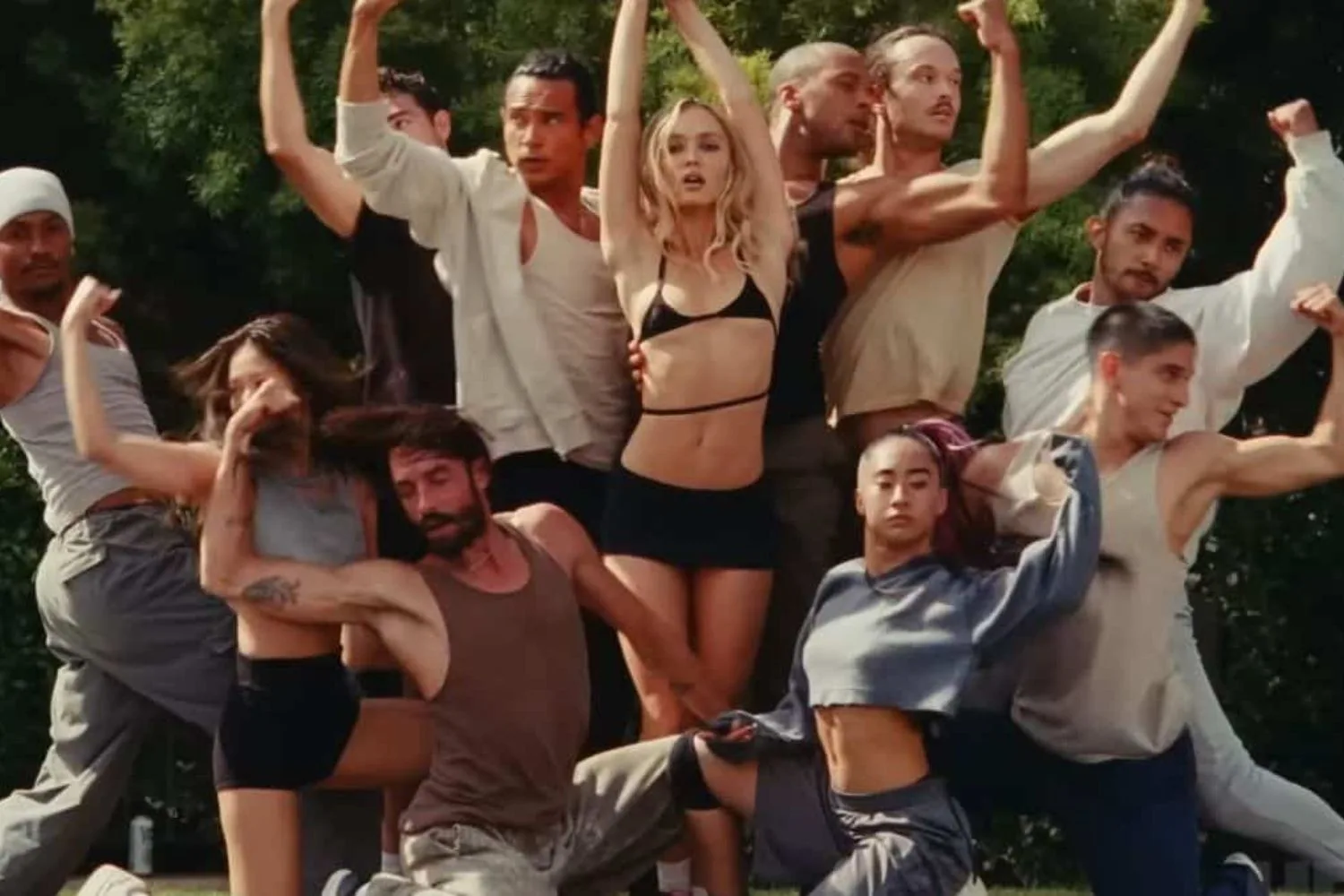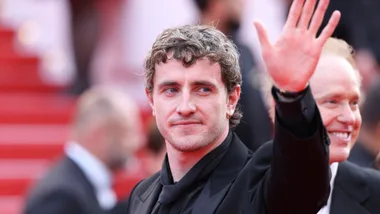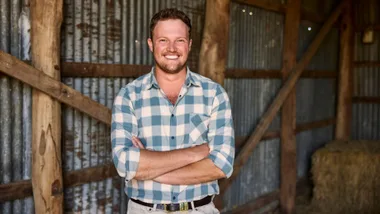If you’ve watched the first episode of The Idol, you might remember its (somewhat satirical) introduction to the role of an intimacy coordinator.
The show opens with a photoshoot for pop star Jocelyn’s (Lily-Rose Depp) new album.
Basically, when Jocelyn wants to show her full breast in the photos, the on-set intimacy coordinator objects, because that level of nudity is not legally allowed in her rider (a contract that is outlined prior to filming, that indicates what the talent is and isn’t comfortable with). Rather than hear him out, Jocelyn’s manager, Chaim (Hank Azaria), locks him in a bathroom and proceeds with the shoot anyway.

In real life, however, an intimacy coordinator is a highly essential component to the creation of any on-camera depiction of nudity or sexual content.
But what does this actually involve? Below, we’ve compiled everything we know about this somewhat elusive though crucial on-set role.
What is the purpose of an intimacy coordinator?
According to Intimacy Coordinators Australia, the role of an intimacy coordinator is to ensure that all intimate content is produced in a safe, professional, and consensual environment.
“In the same way a stunt coordinator is engaged to realise a scene with physical risk, the intimacy coordinator is engaged to realise a creative, repeatable, and safe intimate scene,” they write.
How is this aim achieved?

Intimacy Coordinators Australia outlines several ways an intimacy coordinator ensures everyone involved in explicit scenes is safe and comfortable, before, during, and after filming.
These can include conducting a risk assessment of the script during pre-production, holding meetings with producers, directors, and actors to discuss the artistic vision of the content prior to filming, choreographing intimate content, supervising on-set, and conducting post-production debriefs.
Is an intimacy coordinator really essential?
Intimacy coordinators are a relatively new introduction to film sets. The revelations of the #MeToo movement in Hollywood meant a shift from on-screen intimacy viewed as ‘spontaneous’, often without clearly defined boundaries, to a safely and consensually choreographed scened.
Perhaps no one is better qualified to speak on the benefits of having an intimacy coordinator present than actors themselves.
In an interview with Variety, actors and Grey’s Anatomy alum Katherin Heigl and Ellen Pompeo got candid about their initial impression of an IC, and how this changed over time.
At the start of her career, which coincided with her start on Grey’s, Pompeo said, “There was no one to tell me, “This is OK. This is not OK.”
“That’s one of the things I try to do now as a producer, specifically on Grey’s, is try to offer support — try to have a place for people to talk through things.”

Heigl seconded her view, recalling when an intimacy coordinator was brought in to work on her recently-wrapped series, Firefly Lane.
“I was like, “I’m an old Hollywood broad, bitch. You don’t have to tell me how to make out on camera.” And I ended up loving this woman so deeply, and being so grateful for her, because she protected us in a way that I didn’t realise how unprotected we were. And I was so grateful to her as well, because we did have young girls on the set. There was a rape scene. And for her to be there protecting them, I felt this weight off of me in a way that I didn’t feel like I had to find a way to fight those battles for these girls.”
Other actors have also sung the praises of intimacy coordinators. Speaking to Porter Magazine, Amanda Seyfried recalled working in an era before intimacy coordinators were the norm:
“Being 19, walking around without my underwear on – like, are you kidding me? How did I let that happen?” she said.
“Oh, I know why: I was 19 and I didn’t want to upset anybody, and I wanted to keep my job. That’s why.”
Bridgerton actress Phoebe Dynevor told Grazia that she felt safe with her intimacy coordinator on set, compared to past experiences without one.
“It was so great, because it felt safe and fun: you choreograph it like a stunt or a dance. It’s crazy to me that (an intimacy coordinator) hasn’t been there in the past… I’ve done sex scenes before that I can’t believe I did: it was only five or six years ago, but it would not be allowed now.”
How Much Of An On-Screen Sex Scene Is Real?
According to Backstage, performing actual sex acts on camera (categorised as “genital contact without a physical barrier) is prohibited by SAG-AFTRA. So, there are a number of ways actors “fake” real intimacy for the screen.
The first is through choreography. Per Backstage, an intimacy coordinator will usually work with the actors and director to rehearse choreography that balances the actors’ comfort and the director’s vision prior to filming.
When it comes to actually filming the scene, actors will typically use modesty garments to prevent being completely naked, and props like a pillow or yoga mat might be placed in between the two actors to improve their comfort.










